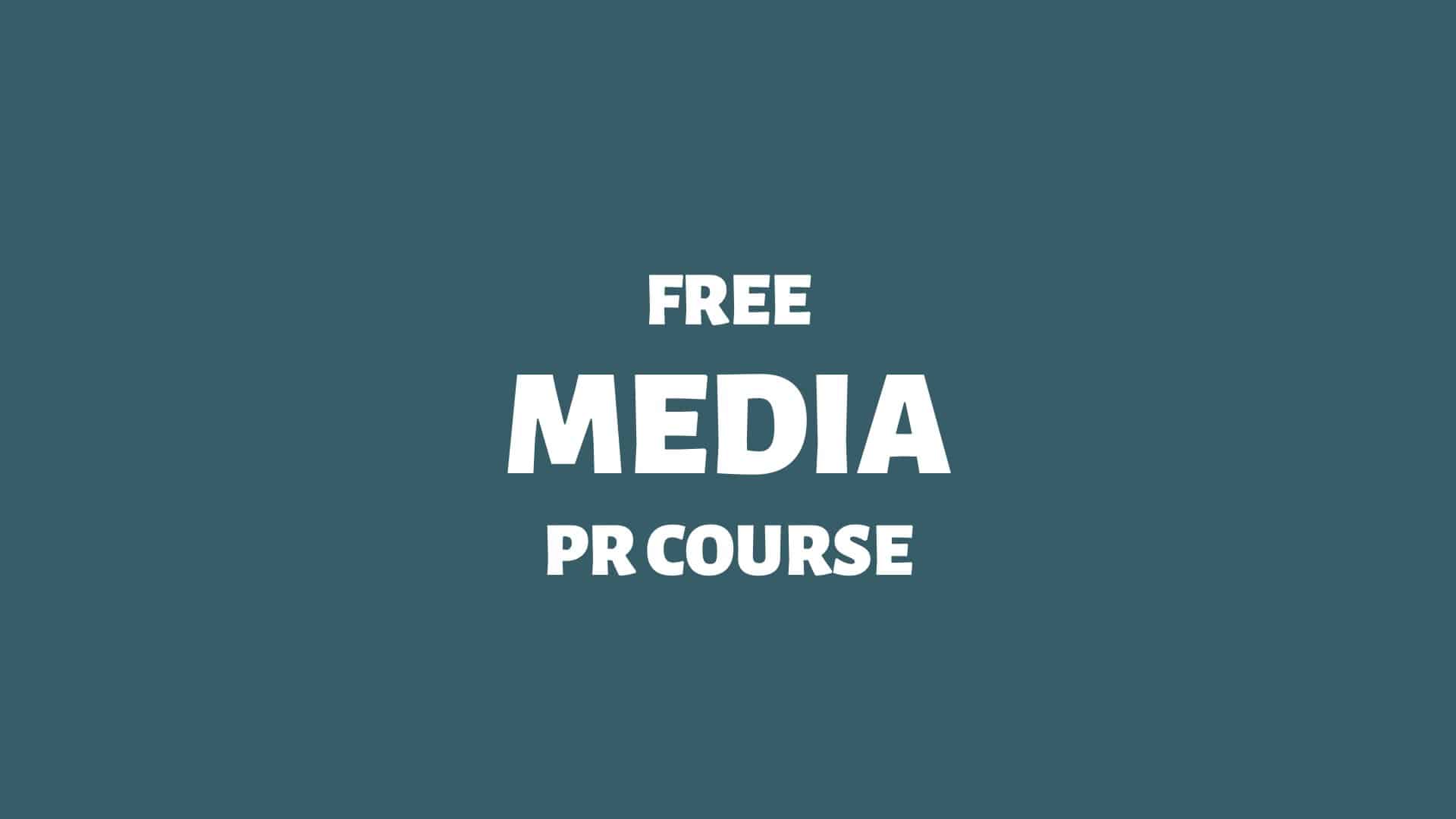Kellyanne Conway’s “alternative facts” is Newspeak.
The Orwellian Newspeak term “alternative facts” was coined by US President Donald Trump’s counsellor Kellyanne Conway. She was attempting to explain why a lie wasn’t a lie when told by the Trump administration.
But it was a lie.
A große Lüge.
Here we go:
“Alternative Facts” is Newspeak
In his famous novel 1984, George Orwell described a new language favoured by the minions of totalitarian powers.
Orwell named it Newspeak.
“Newspeak is the fictional language of Oceania, a totalitarian superstate that is the setting of the 1949 dystopian novel Nineteen Eighty-Four, by George Orwell. In the novel, the Party created Newspeak to meet the ideological requirements of Ingsoc (English Socialism) in Oceania. Newspeak is a controlled language of simplified grammar and restricted vocabulary designed to limit the individual’s ability to think and articulate “subversive” concepts such as personal identity, self-expression and free will. Such concepts are criminalized as thoughtcrime since they contradict the prevailing Ingsoc orthodoxy.“
Source: Wikipedia 1Newspeak. (2023, December 8). In Wikipedia. https://en.wikipedia.org/wiki/Newspeak
The purpose of Newspeak is to restrict thought, control perception, and obscure reality.
Here are three real-life examples of Orwellian terms:
These are modern-day examples of how language is weaponised to control narratives, minimise dissent, and obscure reality — precisely as Orwell warned in 1984.
Kellyanne Conway’s PR Legacy
The term “alternative facts” was coined by Kellyanne Conway, counsellor during US President Donald Trump’s first term.

Anyone can utter a stupid phrase in public, especially under pressure from tough reporters. However, Conway was no stranger to controversial statements.
“After Trump’s inauguration, Conway was embroiled in a series of controversies: using the phrase “alternative facts” to describe fictitious and disproven attendance numbers for Trump’s inauguration; speaking multiple times of a “Bowling Green massacre” that never occurred; and claiming that Michael Flynn had the full confidence of the president hours before he was dismissed. Members of Congress from both parties called for an investigation of an apparent ethics violation after she publicly endorsed commercial products associated with the president’s daughter, Ivanka Trump. In June 2019, the US Office of Special Counsel recommended that Conway be fired for “unprecedented” multiple violations of the Hatch Act of 1939.“
Source: Wikipedia 2Kellyanne Conway. (2023, December 14). In Wikipedia. https://en.wikipedia.org/wiki/Kellyanne_Conway
The US presidency under Donald Trump’s first term made its mark in multiple ways. Oxford Dictionaries even named “post-truth” Word of the Year in 2016.
“If you use history and philosophy as a guide, it’s easy to see parallels between Trump’s words and those of the most reviled fascists in history. That scares me and should scare you too,” says Yale University philosophy professor Jason Stanley.
“Alternative facts” is just as “fake news” a dangerous phrase. Thanks to Conway, we can now add another Newspeak concept to our postmodern vocabulary.
It doesn’t matter if someone tries to shut down the opposition by screaming “fake news” or “words are violence.” They’re extremist battle cries of totalitarians.
Learn more: “Alternative Facts” is Newspeak
Hostile Media Effect Theory
Fake news! Alternative facts! Do you think that the news media is biased against your beliefs?
Well, they might be.
Or… they might not.
Researchers have found that individuals tend to see the news media as biased against them — even when it’s not:
“The hostile media effect […] is a perceptual theory of mass communication that refers to the tendency for individuals with a strong preexisting attitude on an issue to perceive media coverage as biased against their side and in favour of their antagonists’ point of view.”
Source: Wikipedia 3Hostile media effect. (2022, October 25). In Wikipedia. https://en.wikipedia.org/wiki/Hostile_media_effect
Are we paranoid? Do we see bias in the news media that isn’t there? In short: Yes.
The hostile media effect doesn’t imply that the media is never biased. Still, science shows that opposing groups often regard the same articles as against them and favour their opponents.
The existence of the hostile media effect is scientifically well-established, but we still don’t know precisely why it persists:
“The hostile media perception, the tendency for partisans to judge mass media coverage as unfavorable to their own point of view, has been vividly demonstrated but not well explained. This contrast bias is intriguing because it appears to contradict a robust literature on assimilation biases — the tendency to find information more supportive, rather than more opposed, to one’s own position. […] content evaluations based on perceived influence on oneself vs influence on a broader audience suggested that the hostile media perception may be explained by perceived reach of the information source.”
Source: Journal of Communication 4Gunther, A.C. and Schmitt, K. (2004), Mapping Boundaries of the Hostile Media Effect. Journal of Communication, 54: 55 – 70.
Research suggests that the primary driver could be fear of opponents gaining in strength, and the hostile media effect could be seen as a psychological defence mechanism.
Learn more: The Hostile Media Effect

THANKS FOR READING.
Need PR help? Hire me here.

What should you study next?
Spin Academy | Online PR Courses

Spin’s PR School: Free Media PR Course
Elevate your public relations skills with this free Media PR Course—a must-have resource for all aspiring public relations professionals. Boost your career now!
Media Theory
Media Logic
Journalism
Digital Media
Learn more: All Free PR Courses
💡 Subscribe and get a free ebook on how to get better PR.

Annotations
| 1 | Newspeak. (2023, December 8). In Wikipedia. https://en.wikipedia.org/wiki/Newspeak |
|---|---|
| 2 | Kellyanne Conway. (2023, December 14). In Wikipedia. https://en.wikipedia.org/wiki/Kellyanne_Conway |
| 3 | Hostile media effect. (2022, October 25). In Wikipedia. https://en.wikipedia.org/wiki/Hostile_media_effect |
| 4 | Gunther, A.C. and Schmitt, K. (2004), Mapping Boundaries of the Hostile Media Effect. Journal of Communication, 54: 55 – 70. |


